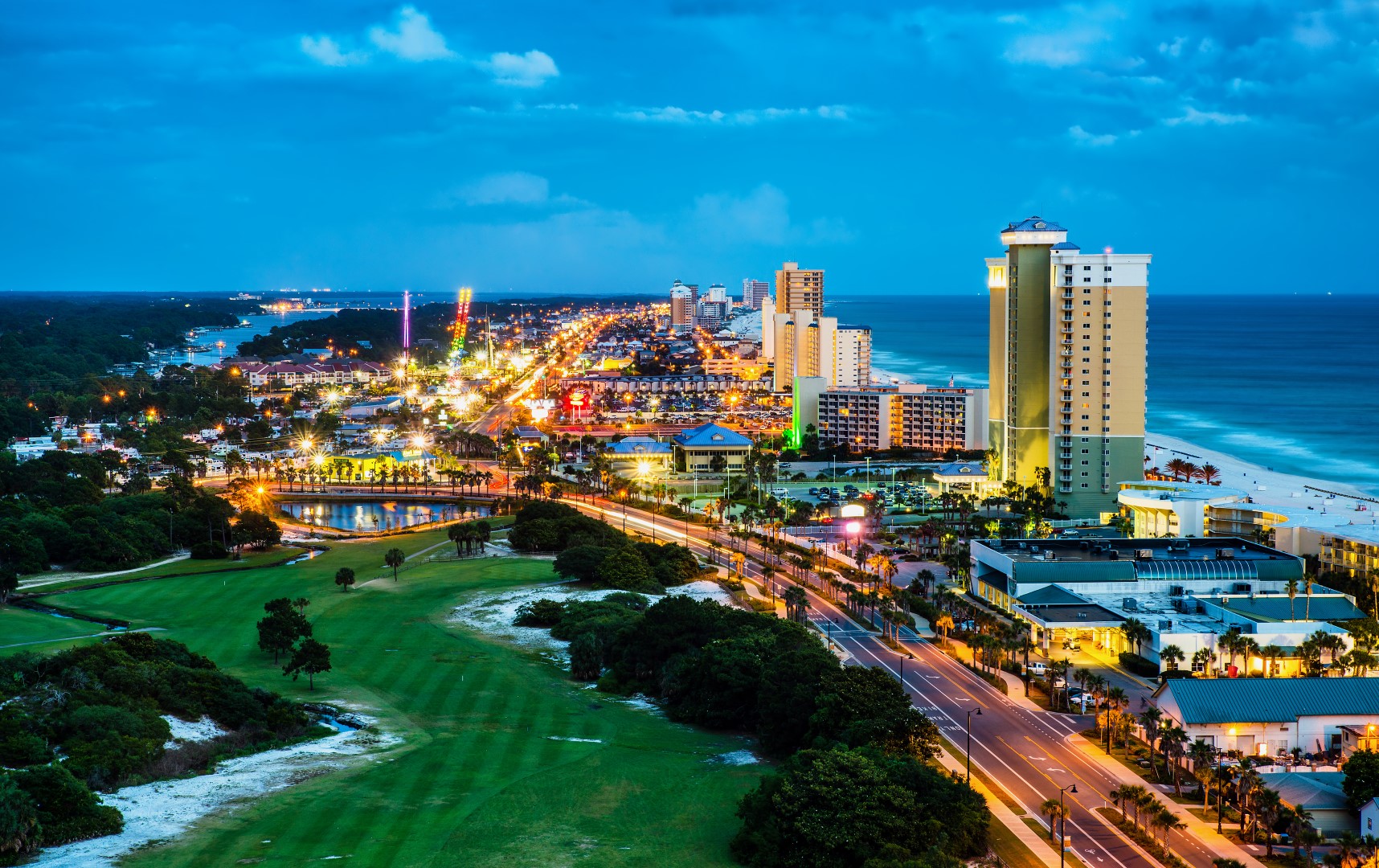
 Last week, Gov. Rick Scott announced record-breaking tourism numbers in the Sunshine State. It may be the last time for a while. Ignoring extensive research, case studies and pleas from travel industry constituents across the state, the Florida Legislature slashed funding for VISIT Florida by a crippling 67 percent — recklessly jeopardizing the tourism industry’s leading role as a generator of jobs and government revenues.
Last week, Gov. Rick Scott announced record-breaking tourism numbers in the Sunshine State. It may be the last time for a while. Ignoring extensive research, case studies and pleas from travel industry constituents across the state, the Florida Legislature slashed funding for VISIT Florida by a crippling 67 percent — recklessly jeopardizing the tourism industry’s leading role as a generator of jobs and government revenues.
A $25 million budget to market Florida, one of the world’s top travel destinations, is not conducive to success on any front – job creation, revenue increases or lower taxes for Florida residents. By cutting off funds for advertising, marketing, and promotion, Florida will essentially surrender the gains made over the past several years while global competitors steal market share.
Contrary to assertions made by some elected officials, vacation destinations do not sell themselves. Every great product needs to make potential customers aware of the benefits their product offers – and why it is a better choice than the alternative. That is why California spends more than $100 million every year to market their state, even with well-known major attractions such as Disneyland, Hollywood, the Golden Gate Bridge and great beaches.
Tourism is an incredibly competitive industry. Not only are we competing against 49 other states (some with eight-figure marketing budgets), we are battling destinations across the globe to get the attention of potential visitors. Mexico, the Bahamas and Cuba are thrilled Florida’s travel marketing budget has been reduced, allowing them to gain market share while VISIT Florida goes silent in the marketplace.
These cuts were approved despite warnings from experts in government and the private sector. Detailed case studies about states like Colorado and Washington (who cut tourism marketing, only to lose jobs, revenues and market share) provided a cautionary tale ignored. Prestigious organizations such as Florida TaxWatch conducted economic studies demonstrating VISIT Florida’s return on investment, proving investing in tourism is good public policy.
Our elected officials have demonstrated they know the importance of consistent messaging. Legislators raised $73 million for election campaigns in 2016 – even though 57 seats were uncontested. They spent money to keep the voters informed of the job they do, and explained why they should continue to serve. Reminding vacationers of why Florida is a great choice for their family follows the same principle.
The decision to slash tourism marketing funding and create barriers to VISIT Florida’s success negatively impacts every single Floridian. Less marketing means fewer visitors and fewer visitors means less tax revenue to fund necessary public projects such as schools, beaches, parks, roads and other infrastructure. Even if the entire $61 million cut were dedicated to other programs, the impact would be minimal. For example, according to FDOT, $61 million would construct only 4 miles of urban interstate – in a state with nearly 1,500 miles of interstate. On a larger scale, the $61 million cut from VISIT Florida’s budget would fund state government operations for just five hours out of the year. Invested in marketing the state, however, those same funds would generate over $160 million in new state and local tax revenue that could support transportation, education and senior services. It is also important to note VISIT Florida represents a minuscule portion of the state’s budget, yet any decrease in funding will result in significant ramifications. Even if VISIT Florida were funded at Governor Scott’s recommendation of $100 million, 98.7 percent of the state’s budget would be left for other priorities.
I live and work in the small coastal community of Amelia Island, a community that is twice as dependent on tourism as the average Florida county. We are especially concerned about the budget cuts’ impact to rural communities. To a degree, large urban destinations, mega resorts and world-famous theme parks can rely on global brand recognition, but many of Florida’s hidden gems will be left without the resources to market themselves. For Nassau County, the potential impacts are frightening.
Tourist spending generates 37 percent of the sales taxes generated here. Over 25 percent of the workforce have jobs in the hospitality business. Tourist spending provides a net gain of $40 million to County government, saving every household in the County $2,748 in state and local taxes. If tourism declines, it means fewer jobs, fewer services and potentially increased taxes on residents.
Just as in Nassau County, other hardworking Floridian families will suffer, too. A TaxWatch study analyzed the economic impact of the new tourism promotion budget, and found that reducing funding to $25 million means a loss of at least 5 million tourists. With a 5 percent tourism downturn, every household in Florida would have to be taxed an additional $1,535 a year to replace the lost state and local taxes generated from visitor activity. Perhaps even more disheartening are the 70,000 jobs that will be lost due to fewer visitors.
Our hope is that before tourism losses mount in 2018, legislators will reverse course and fully fund a marketing effort that maintains our status as the Earth’s most popular family destination. If not, jobs will be lost, small businesses will be harmed and tax revenue will be diminished. Objectively evaluating the return on investment clearly proves tourism works for Florida – and supporting it financially is a wise move for all our citizens.
___
Gil Langley is chair of the Florida Association of Destination Marketing Organizations, the statewide association representing county tourism promotion agencies.




3 comments
Ellis Webber
May 25, 2017 at 1:06 pm
So true. When will the the Florida legislature wake up to do the “adult” thing? Probably never.
Glen Gibellina
May 25, 2017 at 2:21 pm
Fix the traffic jams these tourists and snow birds bring first and foremost
Ranchrunner
May 26, 2017 at 3:46 pm
Well said Gil! We are going to find out this $50m cut will cost this State over $1 billon in local/state tax revenue in 2018. The effect of the coop model Visit Florida used really generated an 18 to I ratio not 3 to 1. Just watch the numbers! They wanted to get in the process and give their opinion on tourism marketing they will own the results.
Comments are closed.